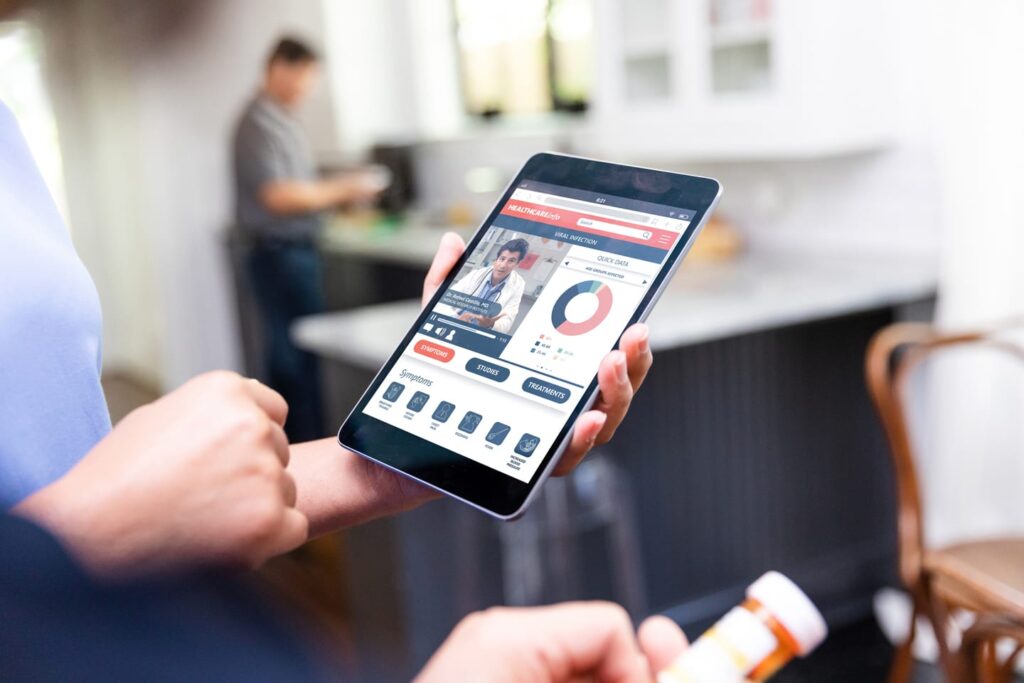
Moving forward, Fast Healthcare Interoperability Resources (FHIR) will be used for the digitalization of HEDIS quality measures.
By Nan Sloan, Vice President of Compliance, Medecision
Quality measurement in healthcare is possibly more vital today than ever before. Across the full spectrum of care, patients, providers and payers alike need an efficient and effective way to measure quality. Concurrently, a paradigm shift is underway in healthcare IT, toward a more flexible and transparent system in which information is readily available to all who need it.
This is good news for everyone—not only is it an opportunity to make significant improvements on a day-to-day basis, but to also document and share those improvements. Of course, there will be growing pains along the way, but we must also continue to address ongoing responsibilities such as accreditation and certification, operational efficiency, regulatory ratings, contract appliance, monitoring value and identifying gaps in care.
A Better Means of Measurement
As we move to a more collaborative environment, the sharing of information is becoming an increasingly critical piece of the healthcare puzzle. With more data out there than ever before, we need a way to make sense of it and use it effectively and efficiently. But first we need to be able to access it, and that can be a challenge because of how data is currently delivered to a wide range of audiences.
What’s needed is a more comprehensive data model, and that’s where Fast Healthcare Interoperability Resources (FHIR) come in. FHIR (pronounced “fire”) helps payers become a partner with providers. It’s all about information sharing, making sure everyone is on the same page and building in more accountability.
You may be familiar with HEDIS (Healthcare Effectiveness Data and Information Set), one of the most widely used performance improvement tools in healthcare. Developed by the National Committee for Quality Assurance (NCQA), it includes more than 90 measures across the following six domains:
- Effectiveness of care
- Access/availability of care
- Experience of care
- Utilization and risk adjusted utilization
- Health plan descriptive information
- Measures collected using electronic clinical data systems
About 191 million people are enrolled in healthcare plans that report HEDIS results, according to the NCQA. Now HEDIS is entering into a new era with the implementation of FHIR, the new standard for the digitalization of HEDIS quality measures.
NCQA’s measurement goals are to have “relevant measures that emphasize effective, efficient care with minimum burden,” according to NCQA President Peggy O’Kane in a July 2019 webinar about the future of HEDIS.
“We want measures that matter to patients, payers and government,” O’Kane said. “And we need measures that speak to outcomes and to social risk, which we’ve learned, in the last few years, really drives a lot of those outcomes. We’re going to capitalize on electronic data that’s generated as a byproduct of care.” This goal, she emphasizes, is different from doing the care now and calculating the performance measures later. Though this may sound a bit futuristic, the truth is that it’s a more organic approach and happening now.
HEDIS was already digital, but it previously used HQMF (Health Quality Measure Format) standards, which were a limited set. Sharing this data across the different care settings meant reformatting, restructuring and otherwise manipulating them. With FHIR, data can be shared more readily within and outside of your organization. It will become more consumable across the full healthcare spectrum including:
- Hospitals (including critical access hospitals)
- Skilled nursing facilities
- Health information exchanges
- Accountable care organizations
- Pharmacies and pharmacy benefit management organizations
Everyone will have access to the same information, which will enable a more robust and more complete picture of the whole care environment. And a better flow of information will translate into more effective organizations and better patient care.
How does it work? In terms of infrastructure, the future of HEDIS focuses on five core ideas:
- Allowable adjustments. Different users have different purposes for HEDIS measures, but new flexibility allows them to modify these measures without changing their clinical intent or integrity. These adjustments can guide clinical interventions and close gaps in care.
- Licensing and certification. HEDIS requirements ensure the accuracy and reliability of measurement results, reflecting the quality of the care your organization provides.
- Digital measures. HEDIS specifications can be downloaded directly into users’ data systems in an easier-to-use digital format. These measures follow industry standards, making them simpler to implement across the continuum of care. Plus, they’re written as computer codes that eliminate the possibility of human error.
- Electronic clinical data systems. The use of clinical information from multiple sources other than electronic health records is encouraged in anticipation of more data becoming available. This means more complete results and better insight into the quality of care provided to both individuals and groups.
- Schedule change. An updated timeline gives users complete measure specifications well in advance of the annual cycle, so they have time to prepare for the changes.
As data, and the coding structure used to record the data, become more standardized via the FHIR standard, everyone will have the right data at their fingertips to make informed decisions at every step of the healthcare process.
The transition to FHIR is a gradual, ongoing process requiring unprecedented levels of communication and collaboration. Education, both inside and among organizations, will be a key part of this transition. We are all pioneers, and that can be scary. But it is also an exciting time to be in healthcare and to be on the front lines of making care better for everyone involved. The end result, from a business standpoint, will be healthcare organizations that are effective and more competitive in the marketplace.
Need help? Have questions about the transformation from the previous NCQA data structure to the new FHIR structure? Medecision’s subject matter experts can help you understand and navigate the waters, so payers can help their providers.



About The Author: Nan Sloan
Nannette (Nan) Sloan is the Vice President of Compliance at Medecision. She has over 20 years of experience in healthcare regulatory and compliance; creating and delivering EHR, laboratory, process optimization, and payer case management solutions for clients; and leveraging her extensive background leading strategy and business development. Nan has cultivated a record of success for implementing solutions to track regulatory requirements, certifying products in alignment with regulatory requirements, delivering regulatory and compliance internal education certification plans, implementing corporate compliance plans, managing high-level client relationships, and driving corporate change for large, diverse organizations.
More posts by Nan Sloan